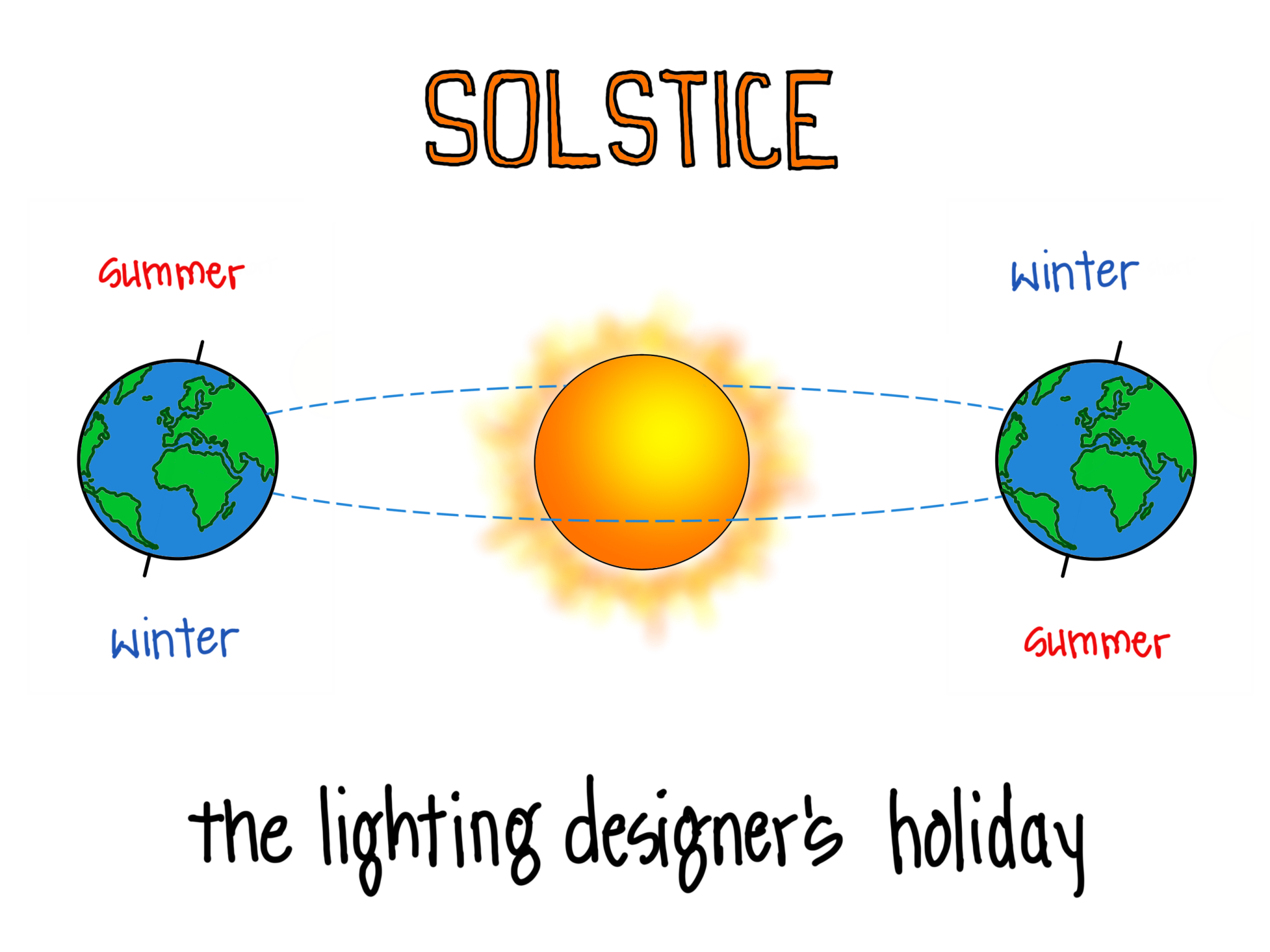I have fallen into the habit of stating that while I personally celebrate Christmas, professionally I celebrate Winter Solstice. Winter Solstice, which for me in Wisconsin, USA, is December 21st, marks the point in the Earth’s annual orbit around the sun where we “tip” back towards longer days. As a lighting designer, that means that this is the darkest time of the year with the longest nights, which I think means our work is at its most important. It’s a reach, I know, but a lighting designer has to find a holiday somewhere, right?
Someone asked me the other day what Solstice is, and I confess I struggled a bit. I explained that the Earth’s axis is tilted, and that Solstice is the point where the gradual tipping of the axis reverses. That was a nice explanation, but not entirely correct.
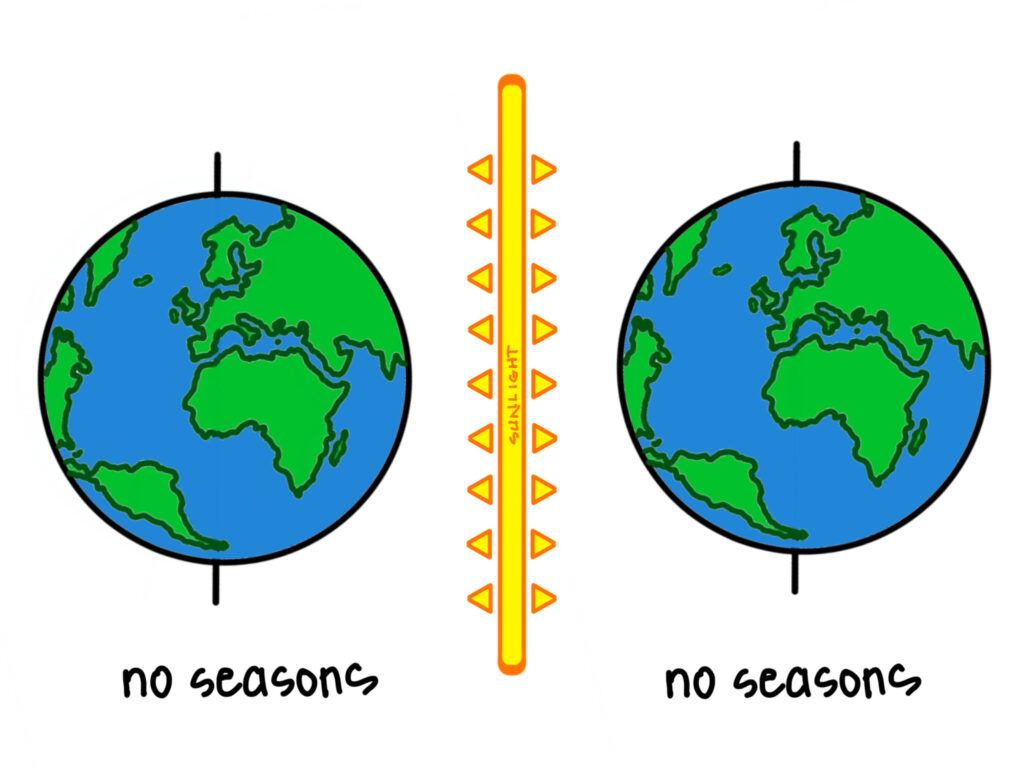
Solstice- and seasons- are dependent on the planet’s relationship to the sun. If our axis was vertical, or perpendicular to our orbit since there is no vertical in space, we would have no seasons. We would get the same amount of sun every day, all year long, and the heat from it would keep our season perpetual. If you wanted snow, you would have to go to the poles.
Personally, I like seasons. I am enjoying the view out my window as the snow falls and the city slows. I love the first warm day of Spring. I ride my bike to the beach when it is warm enough to swim in the Summer. And Autumn is my favorite, but that is a story for another time.
If we suddenly had no seasons, I’d miss them.
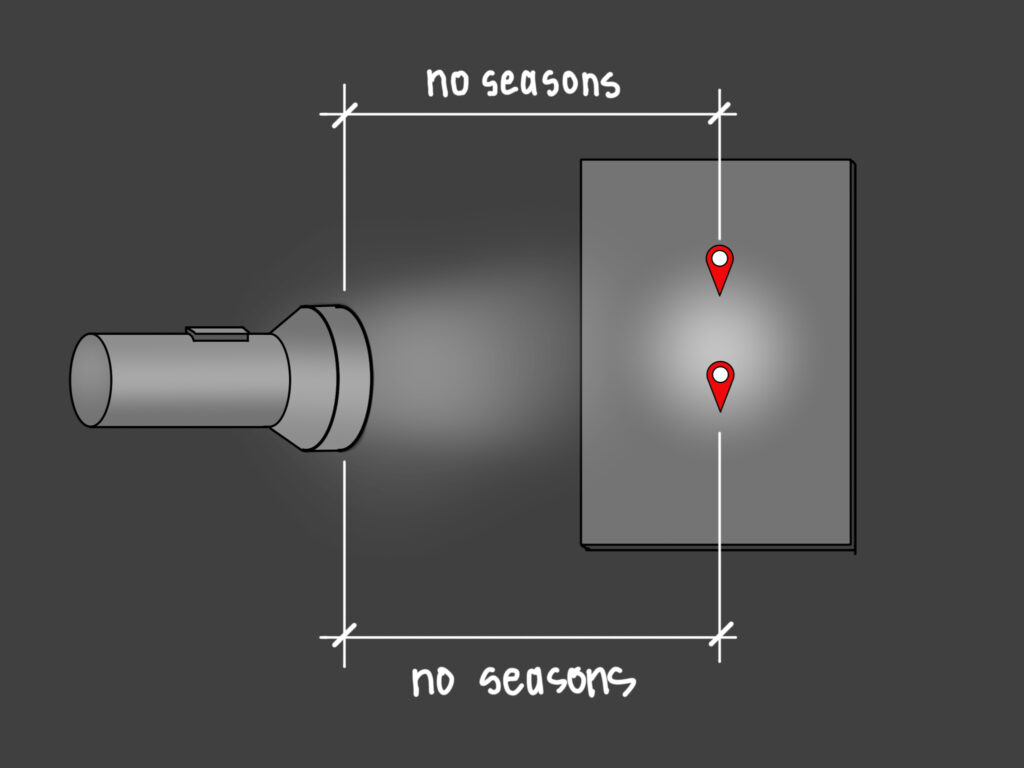
How does this relate to light? Seasons and Solstice are essentially caused by our relationship to the sun. Imagine a flashlight aimed directly at a piece of paper as in the sketch above. If that paper was a planet, we would have no seasons. Nothing would change throughout the year, because every part of our planet would always get the same amount of sunshine.
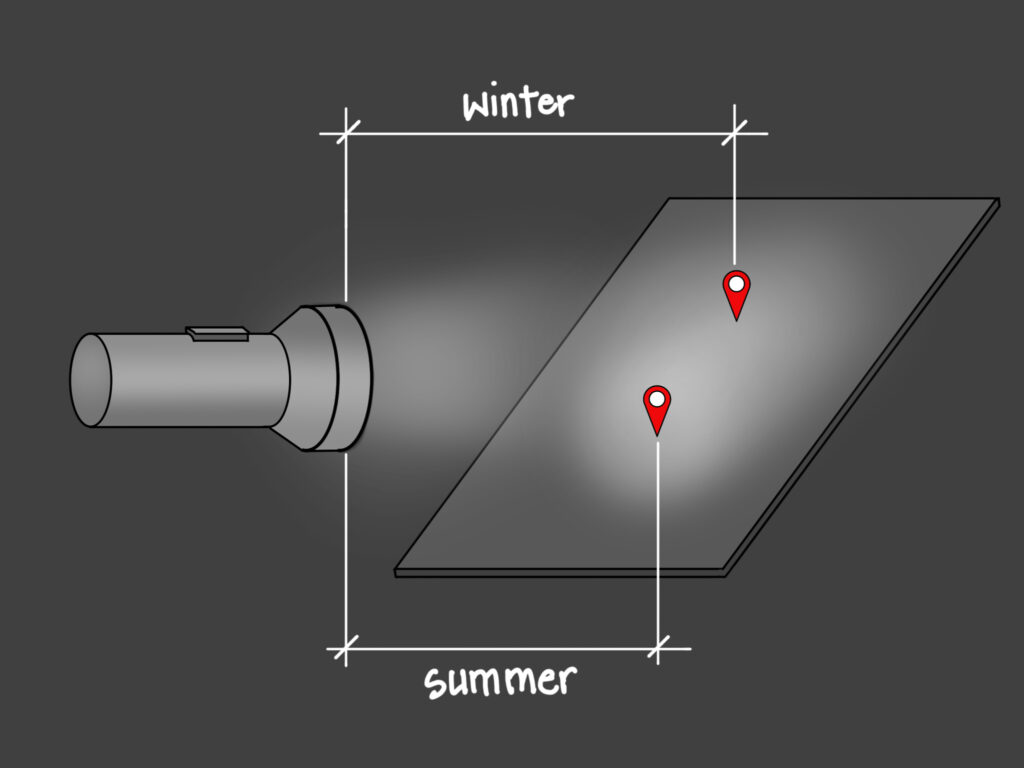
Now imagine that I tilt the paper, simulating the Earth’s tilted axis. Now the lower part of the paper will receive more concentrated light because it is closer to the flashlight. The upper part of the paper will still receive light, but it will spread out and be less concentrated. In essence, we’ll get less light. Our planet is round, and that means that a similar effect happens when light hits near the equator at a strong angle and, in winter, sunlight is spread thinly as it hits the Northern Hemisphere (and vice versa).
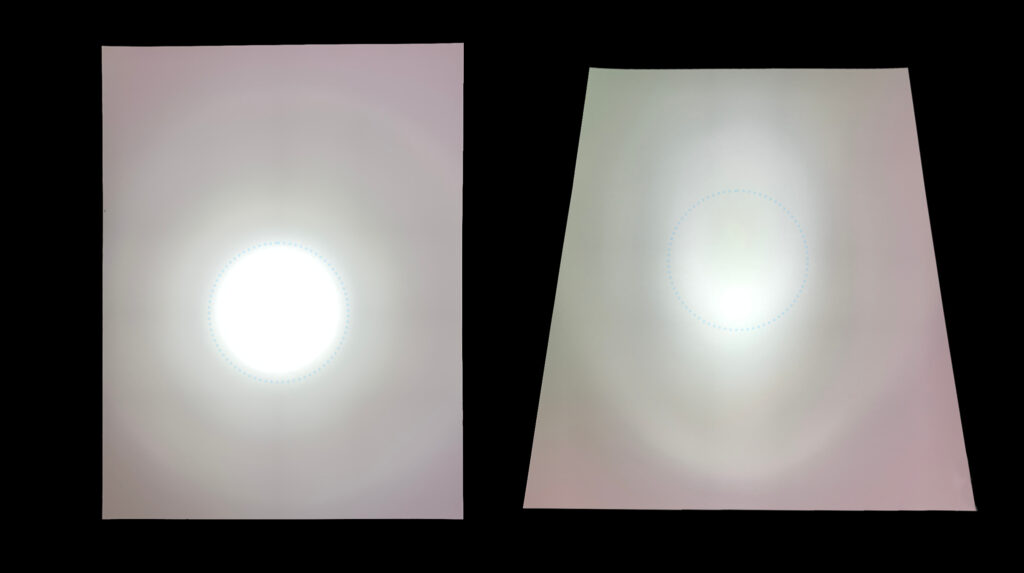
After reading this analogy on NOAA’s website, I had to try it out for myself. See my “planet” above with side-by-side comparisons. The planet on the left gets strong even light on both northern and southern hemispheres. The planet on the right is getting more concentrated light on its southern hemisphere, which will cause summer. The northern hemisphere receives less light and thus is winter. Okay, I’m geeking out here, but that’s what my THINK LIGHT posts are all about.
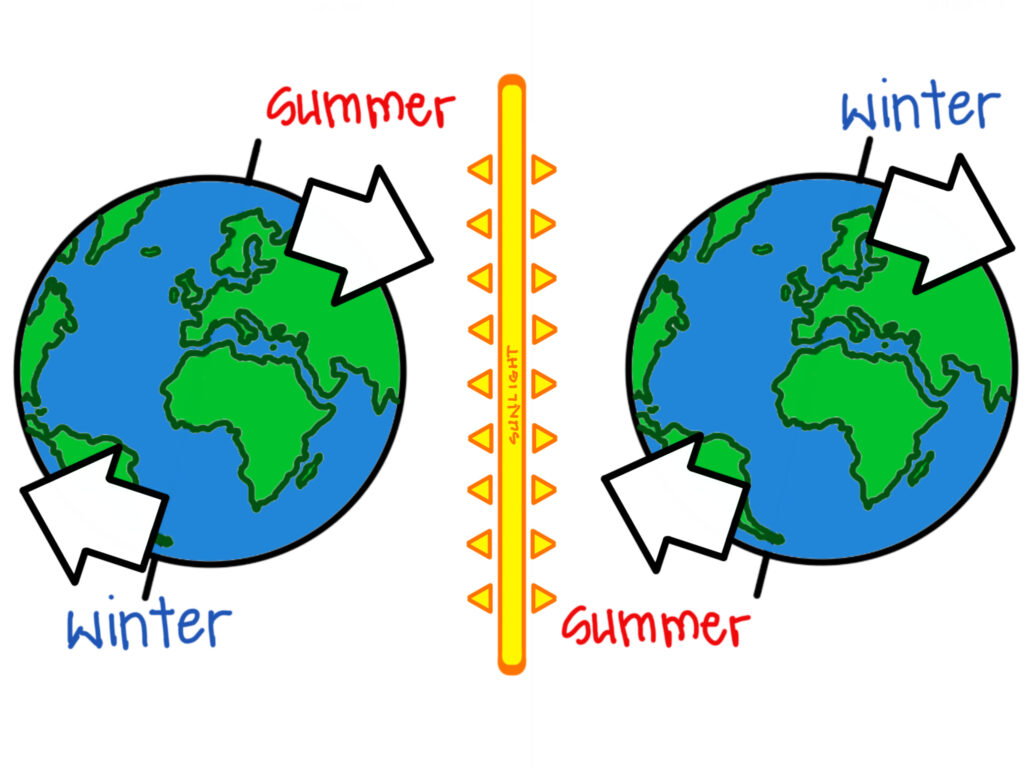
Never one to pass up the chance to sketch another diagram, I set about explaining seasons as a result of the planet’s axis above. I think I finally understand it enough to explain Solstice…which are the two points of Earth’s orbit opposite each other when the amount of sunlight stops decreasing and begins increasing for one of the hemispheres.
I celebrate Winter Solstice because it makes a nice holiday for someone who provides electric lighting solutions for those long winter nights. But I really celebrate Winter Solstice because tomorrow I will get just a little more sunlight, a little bit more daytime. And that will keep going until Summer Solstice.
There are blizzard warnings today. But the end of winter has just begun.
